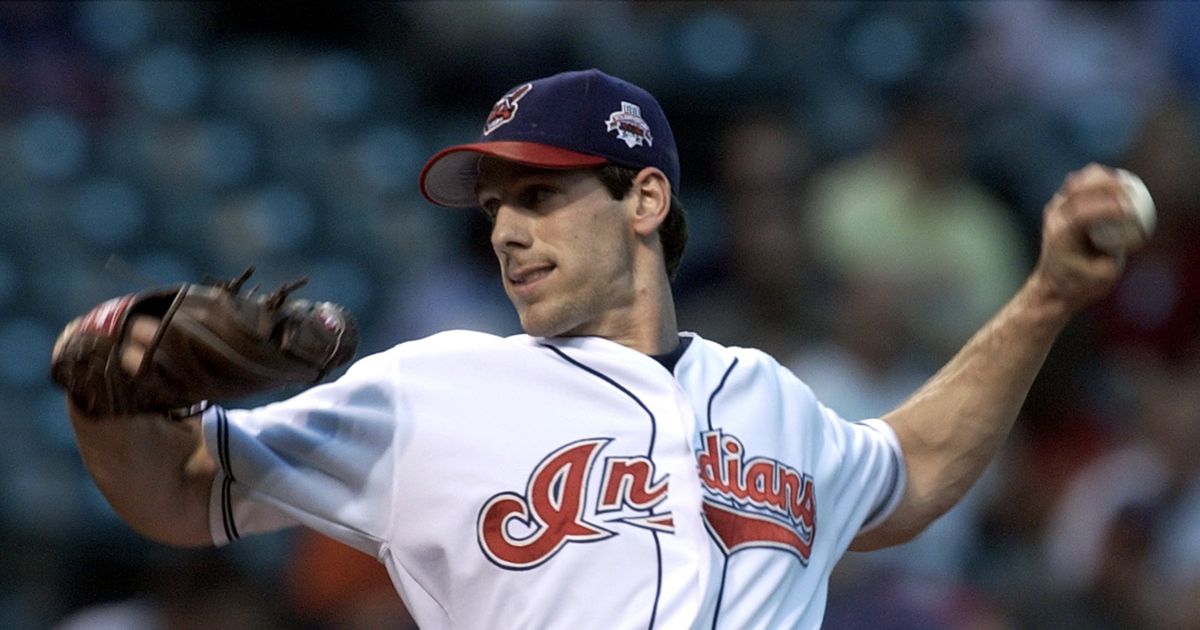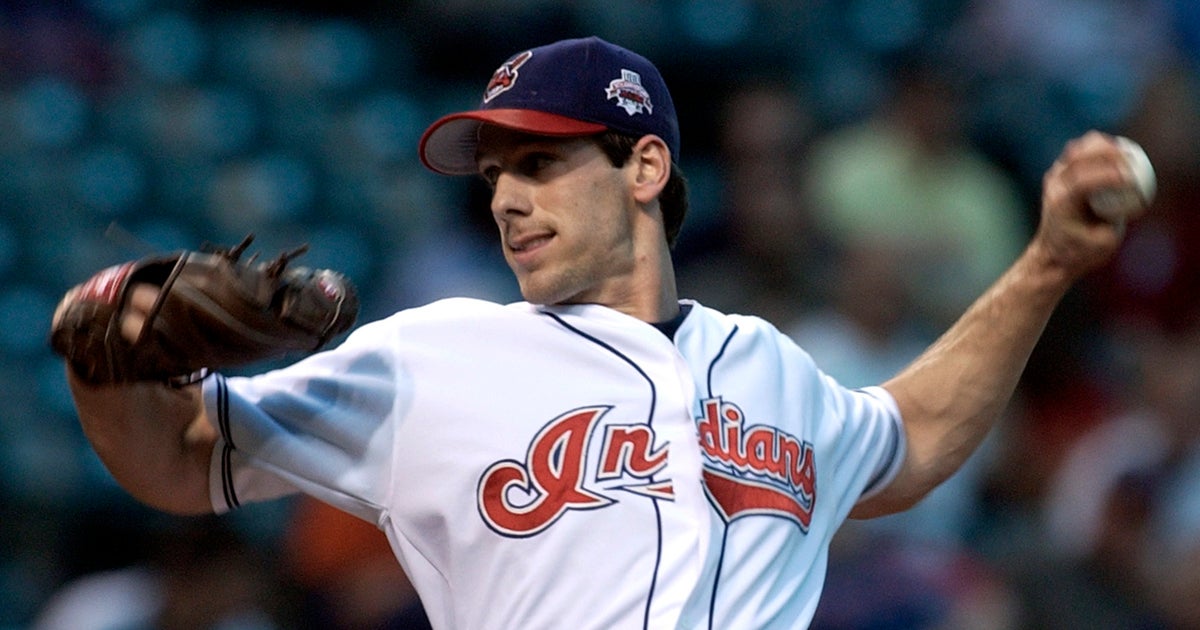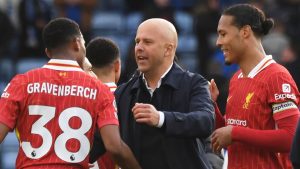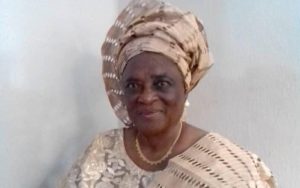Challenges and pitfalls of baseball’s draft


The top draft class of the past two decades is now a mere footnote in baseball history. Its players began scattering almost immediately, and many fans probably have no idea that they were all once drafted by the same team. Plus, that team doesn’t even exist anymore.
In 2000, the Montreal Expos selected Cliff Lee, Grady Sizemore, Jason Bay and Russell Martin. In hindsight, it was a group that could have potentially altered the franchise’s fortunes. In reality, it was another missed opportunity for baseball in Quebec.
None of those four standouts ever played a game for the Expos.
“It’s kind of just something that we have to live with,” said Jim Fleming, who was the Expos’ scouting director in 2000 and later went to the Marlins. “Sometimes we didn’t get to keep them.”
A common cliche about baseball is that it’s a game of failure because the best only get hits 30% of the time. Now imagine being a scouting director when the draft rolls around. Hundreds of players are chosen, but only a small number make significant contributions at the major league level.
Even if you defy the odds and make several great picks, that’s only a start.
Using the search engine at Baseball-Reference.com, The Associated Press reviewed every team’s draft history since 1996, the first year Arizona and Tampa Bay — the most recent expansion teams — participated in the process. Eleven players taken by Montreal in 2000 have played in the majors, and they’ve been worth 142.8 wins above replacement in their careers, the highest WAR of any draft class for any team in the sample. (Stats for this review were through May 25, a relevant point since Martin is still playing at age 36.)
What makes that Montreal class even more remarkable is that none of its four best players were taken in the first round. Sizemore went in the third round, Lee in the fourth, Bay in the 22nd and Martin in the 35th.
“I was the scouting director for four years with the Expos and then I ran the department with the Marlins, and it seems like all of the drafts I was associated, the best guys we got were always our second pick,” Fleming said. “Some of our first-round picks haven’t been quite as good. But as long as you get good ones, it doesn’t matter.”
Sizemore was Montreal’s second pick in 2000.
“In our situation with the Expos and the Marlins, we had to shoot high. We had to get our good players out of the draft, and so we took more chances. Maybe higher-risk but high-payoff guys,” Fleming said. “Grady Sizemore’s a perfect example. A high school kid from the Northwest that was going to play football, but he was a heck of an athlete, and a competitor, so we thought he had all of the ingredients, so you take the chance. And the payoff was good — not for us, but for Cleveland it was.”
Indeed, it was other teams that reaped most of the benefits from Montreal’s 2000 class. The Expos didn’t sign Martin. He went back in the draft and was taken by the Dodgers two years later. By 2002, there was talk about contracting the Montreal franchise. A new front office traded Bay that March.
Then Lee and Sizemore were dealt to Cleveland that June in a trade that brought Bartolo Colon to the Expos. Montreal was in the race for a postseason spot but ultimately fell well short. Three years later, the Expos were the Washington Nationals.
The fate of Montreal’s picks from 2000 underscores how difficult it can be to turn draft choices into big league success. Even top picks need more development before reaching the majors, and the process of building a successful team is full of pitfalls.
Here are some other takeaways from the AP’s review:
BEST AND WORST
Players drafted by the Boston Red Sox since 1996 have accounted for 697 WAR, the top mark in the majors. That includes every pick, regardless of whether the player signed with the Red Sox after being selected. (Some players had their WAR numbers counted in the review multiple times, if they were drafted more than once.)
When only signed players were counted, the Red Sox fell into second place behind the St. Louis Cardinals, whose draft resume was bolstered by the selection of Albert Pujols in the 13th round in 1999. The top five teams — when only signed players were counted — were the Cardinals, Red Sox, Rangers, Athletics and Diamondbacks. That list feels consistent with the success those franchises have enjoyed on the field.
But the bottom five teams in that metric were the Giants, Indians, Mets, Yankees and Mariners. It’s no shock to see Seattle in last place, but the Giants and Yankees have won their share of titles, and the Indians have had their moments as well. In fact, Cleveland is a good example of how even teams with smaller budgets have multiple avenues to success. The Indians haven’t landed too many stars in the draft, but they’ve been able to trade for good prospects from other teams — and the deal involving Lee and Sizemore was certainly an example of that.
WHO WILL SIGN?
There’s a lengthy list of star players who went through the draft more than once. Max Scherzer was picked by St. Louis in the 43rd round in 2003 but didn’t sign with the Cardinals. He played college baseball at Missouri and was eventually taken in the first round by the Diamondbacks in 2006.
“For me, college was more important than the low-level minor league ball,” Scherzer said. “Furthering my education was way more important than furthering my baseball career.”
Chris Sale was drafted by Colorado in 2007, and Buster Posey was taken by the Angels in 2005. Neither signed.
Posey was picked by Los Angeles in the 50th round. It’s not unusual for players drafted in the late rounds to go unsigned — the money offered to them may not be all that convincing if they have other options like college.
Minnesota drafted J.D. Martinez in 2006 and George Springer in 2008. The Twins didn’t sign either. Mike Radcliff, a vice president of player personnel for the Twins, was previously their scouting director for over a decade. He said sometimes teams might take chances in the late rounds on players who might not sign — but who at least have upside if the team is able to keep them.
“We’d rather draft that guy, even in the 39th round, versus some guy who’s not any good,” Radcliff said.
TWO IS SOLID, THREE IS RARE
For the purposes of this review, anyone worth at least 10 WAR in his career was considered an “impact player” — and those are hard to come by. Boston leads the way with 25 impact players drafted since 1996, but only 16 signed. Oakland has drafted the most impact players who actually signed. The A’s have had 17. Obviously, more players from the most recent drafts will become impact players. They just haven’t had time to reach the threshold.
If a team lands two impact players in one draft, that’s usually pretty good. Three or more is unusual. In the entire sample, there were only 36 instances of a team drafting three or more impact players in the same year. When only signed players were counted, that number dropped to 15.
The Red Sox drafted five impact players in 2005 and signed three. The following year, the Yankees drafted four and signed all of them — David Robertson, Ian Kennedy, Dellin Betances and Mark Melancon.
Those 2000 Expos, of course, drafted four impact players and signed three — an impressive performance by any standard. That type of success doesn’t happen often, but Fleming welcomed the draft’s annual challenge.
“It’s what brings you back. You can’t worry about failures,” he said. “We had some drafts where we struck out completely, and then we had some drafts where you did well.”







